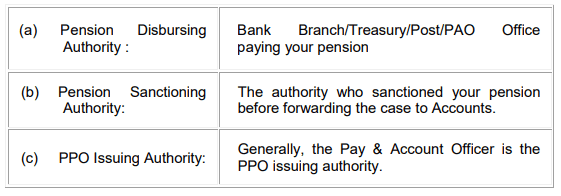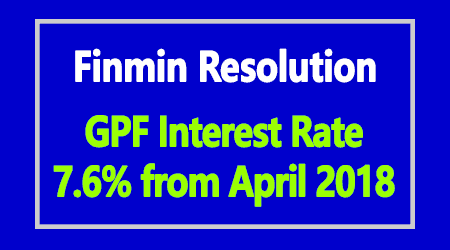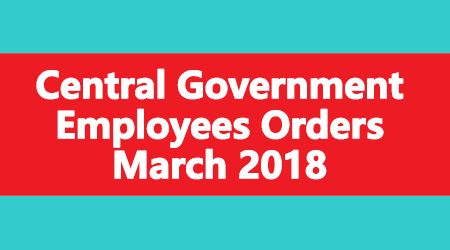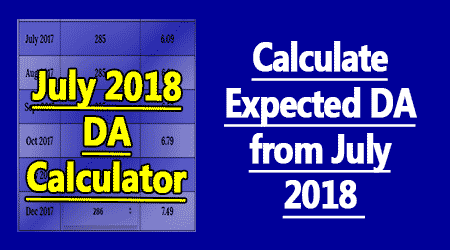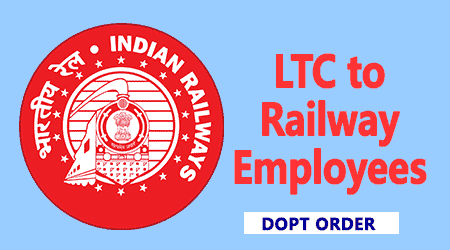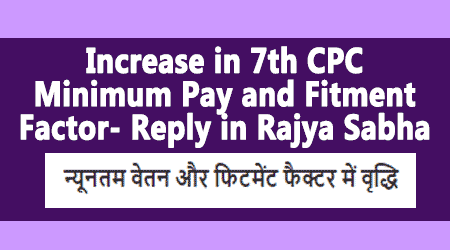
As beginnings go it was the most auspicious. In his first full Union Budget speech in 2015, Finance Minister Arun Jaitley said all the right things about expanding India’s tax base and raising tax buoyancy. He also promised two concrete measures to modernise India’s tax system—on direct taxes he promised companies a lower rate, from 30 percent to 25 percent, and no exemptions; and on indirect tax he promised to roll out a Goods and Services Tax.
Both were aimed at simplifying a complex architecture beset with leakage and evasion on the one hand and double taxation on the other. Four years on, Jaitley has delivered only partially on both promises.
The headline corporate tax rate has reduced but only for small and medium enterprises with a turnover of up to Rs 250 crore. The finance minister said that covered 99 percent of all companies paying their taxes. That’s true, but according to government data these companies’ contribution is estimated at 35 percent of total corporate tax revenue, maybe even less.
Also, India’s dual GST with four rate slabs and a few cesses has been an implementation nightmare and still is a work in progress.
And yet, the finance minister can add two feathers to his cap—that of higher tax buoyancy and a tax base expansion. On two other grounds Modi’s four years have brought little cheer.
1. Finally, More People Are Paying Tax In India!
India’s tax-to-gross domestic product ratio increased from 10.2 percent to 11.6 percent in the last four years. The estimate for the current financial year 2018-19 is 12.1 percent. If achieved, it will mark a record as the highest so far has been 11.9 percent in 2007-08. Then the tax buoyancy was 1.5 times, that is tax revenue collection growth was 1.5 times that of GDP growth. By 2013-14, it had slipped to below one. This year it has recovered to 1.2, mostly on the back of strong growth in personal income tax collections, which saw a buoyancy of 2.11 as per the revised estimates of 2017-18.
This is good news as otherwise India ranks at the bottom when compared to other countries such as Denmark that, as per 2016 data, had the highest tax-to-GDP ratio of 45.9 percent. It would not augur well if this was achieved on a static taxpayer base: that is same number of people paid more tax. The real achievement here then is an expansion of the tax base, both in terms of those who pay direct taxes such as income tax and those who pay indirect taxes such as GST.
In this year’s Union Budget speech, Jaitley said the number of taxpayers had increased from 6.47 crore at the beginning of financial year 2014-15 to 8.27 crore at the end of financial year 2016-17.
That’s an increase of 1.8 crore over three financial years or about 60 lakh new taxpayers every year. Compare that with an addition of 45 lakh taxpayers on average per year between FY12 and FY15, as per Income Tax Department data.
Not surprisingly, the big jump seems to have come after the implementation of demonetisation and amnesty schemes. Though to be clear, the lack of one source of comprehensive taxpayer data and conflicting commentary by government officials makes this an exercise in approximations and assumptions.
"In financial year 2016-17, 85.51 lakh new taxpayers filed their returns of income as against 66.26 lakh in the immediately preceding year." - Arun Jaitley, Finance Minister (Budget 2018)
GST helped expand the indirect tax base by at least 50 percent. The Economic Survey 2017-18, presented in January, estimated that of the then 98 lakh GST registrants, 34 lakh were new taxpayers.
Since then, the total number of registrants under GST has increased to just over one crore. Curiously though just under 70 percent or so are filing taxes. Whether that’s due to technical difficulties or adoption delays or other reasons is tough to tell. But it does cloud the base expansion data.
2. Indirect Tax Skew Worsens
A heavy-handed GST has also meant that India’s reliance on indirect tax revenue has remained unchanged over Modi’s term. In fact government data suggests, it has marginally worsened.
Direct taxes contributed over 56 percent to gross tax revenues in FY14. In FY17 that fell to just over 49 percent, recovering to 51 percent last year.
















